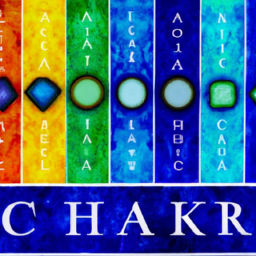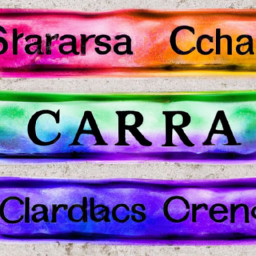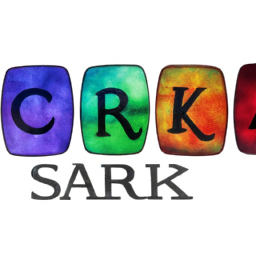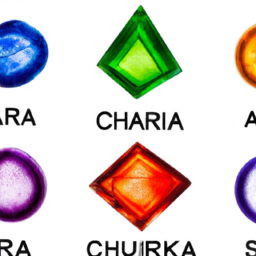
Chakras have become an increasingly popular topic in the world of holistic healing and wellness. But have you ever wondered where these energy centers actually come from? In this article, we will delve into the origins of chakras and uncover the rich history and spiritual significance behind them.
The Hindu Tradition
The concept of chakras first originated in ancient Indian philosophy, particularly in the Hindu tradition. The term “chakra” is derived from the Sanskrit word meaning “wheel” or “circle”. In ancient Hindu texts, chakras are described as energy centers within the body, each associated with a specific color, symbol, and consciousness.
In traditional Hindu belief, there are seven main chakras located along the spine, from the base of the spine to the crown of the head. These chakras are believed to be the pathway for life force energy, known as “prana”, to flow through the body.
The Taoist Influence
While chakras originated in the Hindu tradition, the concept of energy centers within the body also exists in Taoist philosophy. In Taoism, they are known as “dantian” or “cauldrons”. These energy centers are seen as important for cultivating and storing energy and can be found throughout the body, including the arms and legs.
The Taoist practice of qigong focuses on harnessing and balancing energy within the body, similar to the way chakras are believed to function in Hinduism. It is believed that by balancing the dantian, one can achieve greater physical, emotional, and spiritual well-being.
The Connection to Yoga
Yoga, an ancient practice originating in India, has a strong connection to chakras. In yoga, the main purpose is to create a balance of body and mind to achieve a state of inner peace and enlightenment. Each asana (posture) within yoga is associated with one or more chakras, and by practicing these postures, one can stimulate and activate these energy centers.
In addition to physical postures, yoga also incorporates pranayama (breath control) and meditation, both of which are believed to have a profound effect on the chakras. By focusing on the breath and quieting the mind, one can clear blockages and balance the flow of energy in the body.
The Western Influence
In recent years, the concept of chakras has gained popularity in Western culture, particularly in the world of holistic healing and alternative medicine. Many belief systems, such as Reiki and crystal healing, incorporate the idea of chakras and seek to balance and heal these energy centers.
While some may see this as cultural appropriation, the integration of chakras into Western healing practices shows how these ancient concepts are still relevant in our modern world.
In Conclusion
The origins of chakras may have come from ancient Hindu and Taoist traditions, but their spiritual significance and relevance in our modern world cannot be denied. Whether you believe in their existence or not, the concept of chakras serves as a reminder for us to cultivate and balance our energy, and to strive for greater physical, emotional, and spiritual well-being.
So the next time you practice yoga or receive energy healing, remember the rich history and spiritual roots of chakras, and let that guide you in your journey towards inner harmony and balance.





I don’t know, but I’m very curious!
#intriguing
This is an interesting question!
#fascinating